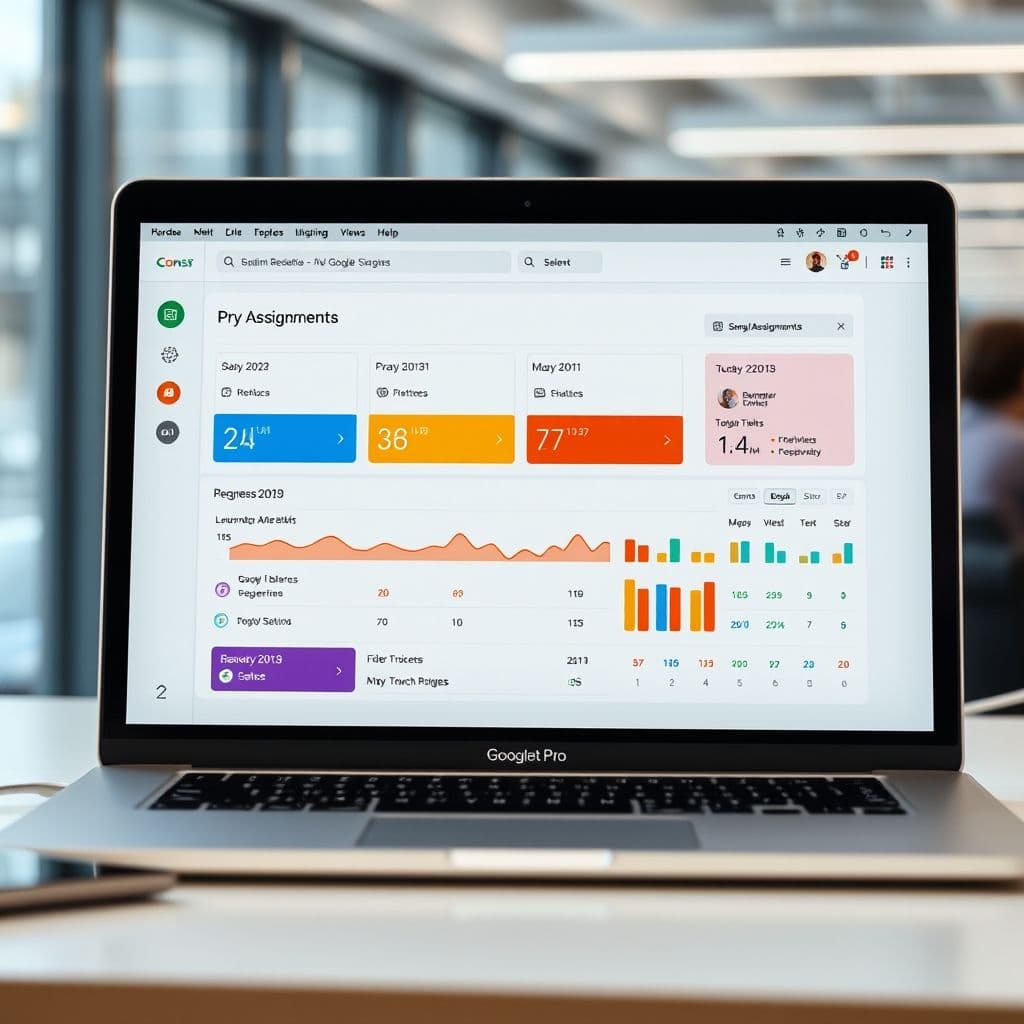The Ultimate Student Organization Problem and a Potential SaaS Solution

Balancing academics, work, and a social life is a Herculean task for many students. The struggle to stay organized and keep track of multiple assignments and deadlines is real, and traditional methods often fall short. In this article, we delve into the common pain points students face and explore a hypothetical SaaS solution that could revolutionize academic organization.
The Problem: Chaos in Student Organization
Students today juggle multiple responsibilities—full-time studies, part-time jobs, extracurricular activities, and social commitments. The sheer volume of assignments, deadlines, and tasks can quickly become overwhelming. Traditional planners and handwritten to-do lists often fail to provide the flexibility and efficiency needed to manage such a dynamic workload. Comments like 'I have 17+ assignments due in one week!' and 'I always end up leaving my assignments to the very last minute' highlight the widespread struggle.
The pain points are clear: manual entry is time-consuming, prioritization is challenging, and reminders are often missed. Students with ADHD or other executive function challenges face even greater difficulties. The need for a digital, customizable, and intuitive solution is evident.

A Hypothetical SaaS Solution: The Digital Assignment Tracker
Imagine a digital organization tool designed specifically for students—a customizable spreadsheet-like interface that goes beyond basic Excel functionality. This hypothetical SaaS solution would allow students to input all their assignments, deadlines, and class schedules in one place, with the ability to color-code, prioritize, and set reminders.
Key features could include: automated sorting by due date, integration with calendar apps, progress tracking with visual indicators (like checkboxes), and even AI-powered suggestions for time management. For students with ADHD, the tool could offer focus modes and break reminders. The interface would be sleek, intuitive, and mobile-friendly, ensuring accessibility on the go.

Potential Use Cases and Benefits
This tool could be a game-changer for various student scenarios: the overworked undergrad balancing a job and studies, the grad student managing research and coursework, or the non-traditional student returning to education after a hiatus. By centralizing all academic tasks and providing smart reminders, the tool could reduce stress, improve time management, and ultimately enhance academic performance.
Additional benefits might include collaboration features for group projects, export options for sharing progress with advisors, and integration with popular learning management systems (LMS) like Canvas or Blackboard. The potential for customization—such as choosing color schemes or layout preferences—would make the tool adaptable to individual needs.
Conclusion
The challenges of student organization are undeniable, but the right digital tool could make a world of difference. While this SaaS idea is still hypothetical, its potential to transform academic productivity is clear. By addressing the pain points of manual tracking and lack of prioritization, such a solution could empower students to stay on top of their workloads and achieve their goals with less stress.
Frequently Asked Questions
- How feasible is it to develop this SaaS idea?
- The development would require a user-friendly interface, robust backend for data management, and integrations with calendars and LMS systems. While challenging, modern no-code platforms and APIs could streamline the process.
- Could this tool work for high school students or professionals?
- Absolutely. The core functionality of tracking tasks and deadlines is universal. Customizable features could make it adaptable for various contexts, from high school to corporate environments.
- What would be the biggest hurdle in creating this tool?
- Ensuring seamless integration with existing student tools (like LMS platforms) and maintaining a simple, intuitive interface while offering advanced features would be key challenges.


